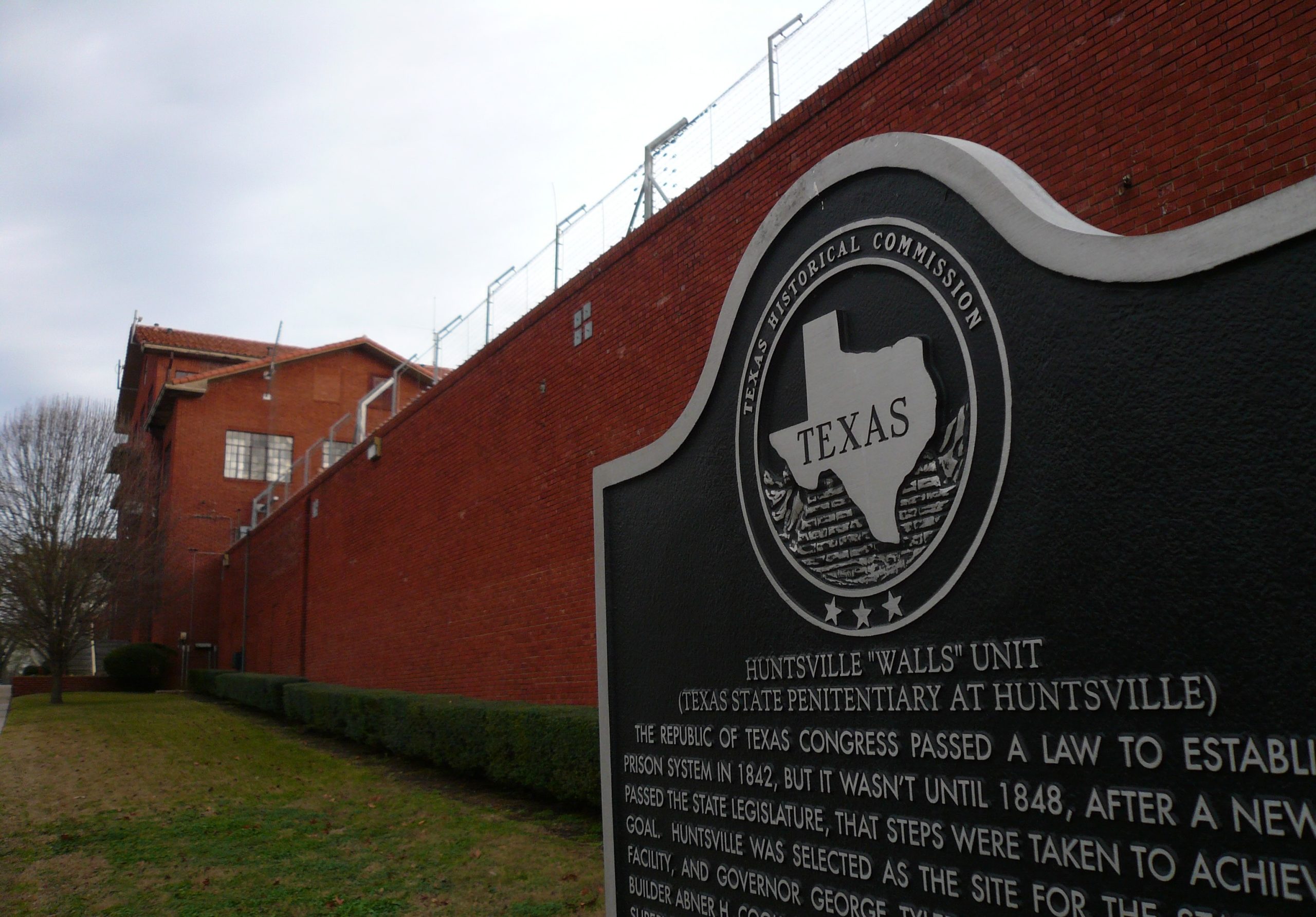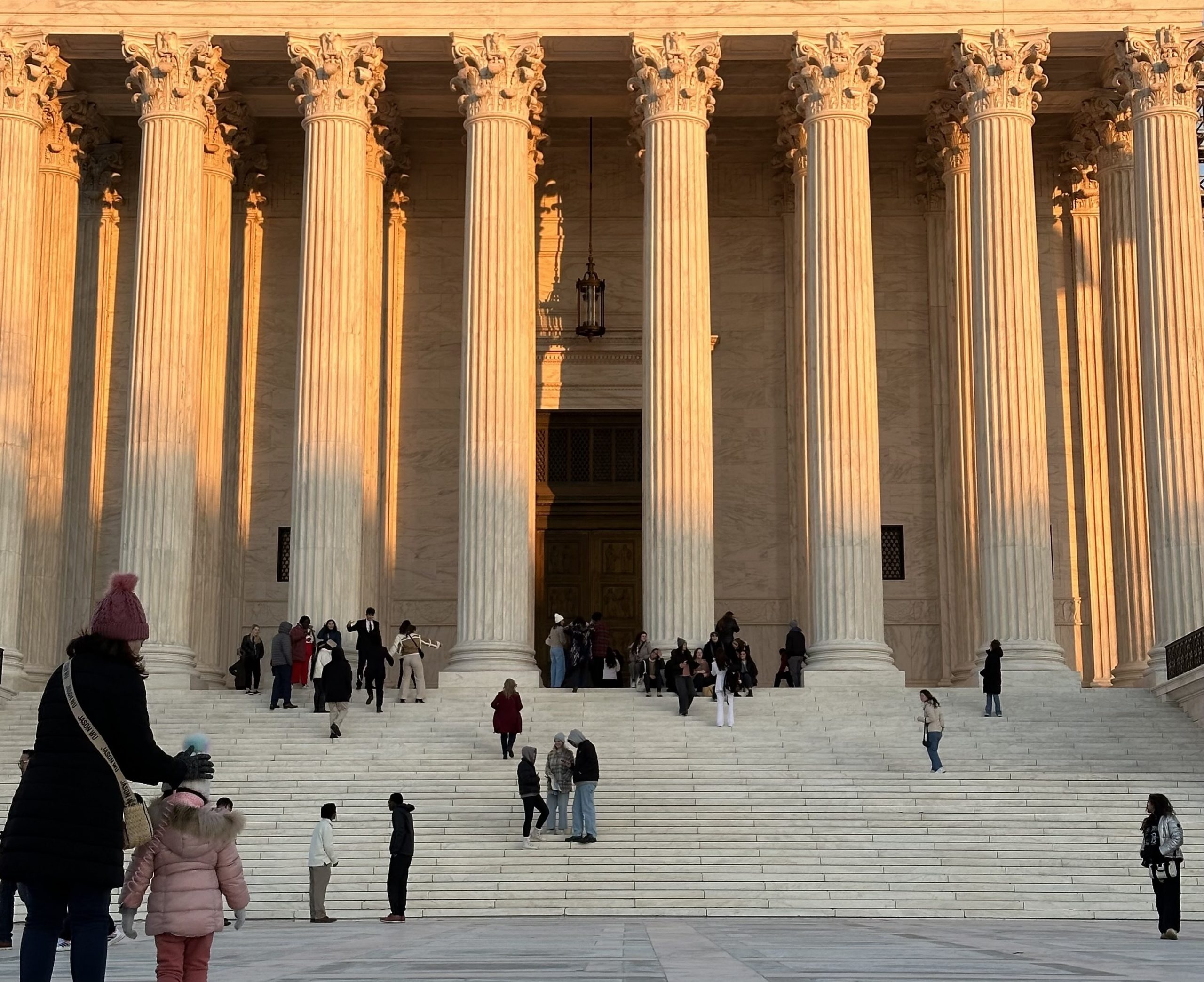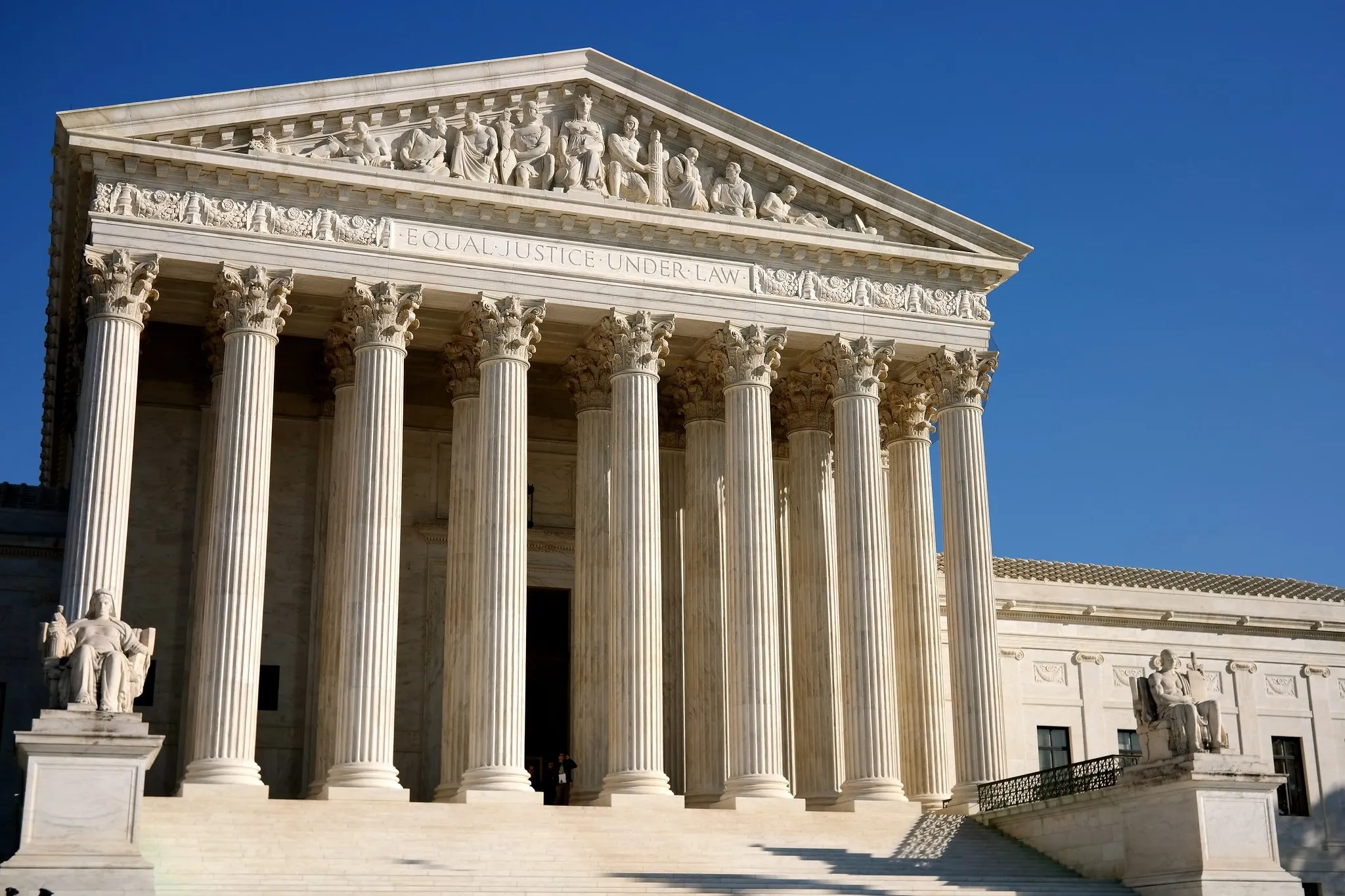Supreme Court declines intervention in Robert Roberson execution
CAPITAL CASE
This article was updated on Oct. 18 at 9:07 a.m.
The Supreme Court refused to stop the execution of Robert Roberson, who was scheduled to die by lethal infusion in Texas Thursday night for the 2002 death of his two-year-old daughter, Nikki. This article was updated at 9:07 am on October 18, 2010.
(Mark via Flickr).
This was a revised version of the article on Oct. 18.
The Supreme Court refused to stop Robert Roberson’s execution on Thursday evening. Roberson was scheduled to die by lethal infusion in Texas for the death of his 2-year-old daughter Nikki. The prosecution had claimed that Nikki was suffering from shaken-baby syndrome, a diagnosis that has been questioned. Roberson and his supporters claimed that he was innocent because new evidence showed that Nikki died from double pneumonia, and that the fall from her bed was related.
On Thursday night, the Texas Supreme Court issued an order to stop the state from executing Roberson. Texas lawmakers asked the court to intervene when the Texas Court of Criminal Appeals ruled against the temporary order issued Travis County Judge Jessica Mangrum. Justice Sonia Sotomayor said in a statement about the Supreme Court’s refusal to intervene that “
ew situations more urgently call” for a stay of the execution “than those where the accused have made a serious demonstration of actual innocence as Roberson has done here.” But she concluded that there was no federal claim for the Supreme Court. She wrote that Roberson’s last hope was a reprieve by Tex. Governor Greg Abbott.[f]Shortly before the Supreme Court released its order declining to intervene, a judge in Travis County, Tex., temporarily halted Roberson’s execution. Both parties of state lawmakers issued a subpoena on Wednesday to Roberson, requiring him to appear before the Texas House Committee on Judiciary and Jurisprudence next week. The office of the state attorney general has indicated it intends appeal this decision. Nikki was seriously ill in the week leading up to her death with what doctors called a respiratory infection. She had a fever of 104.5 degrees at times. Nikki fell from her bed the morning she died. Both Roberson and Nikki went back to sleep; when Roberson woke up again, she had stopped breathing and turned blue.
Roberson took Nikki to the hospital, where CAT scans revealed bleeding and swelling in her brain, as well as bleeding in her retinas. Roberson claims that at the time, these three conditions were assumed to be caused by shaken baby syndrome. In 2003, a jury convicted Roberson and sentenced him to death. He was convicted and sentenced to death by a jury in 2003.
Roberson now contends that the theory of shaken baby syndrome on which prosecutors relied to convict him two decades ago has been “entirely discredited” and that he is innocent. Roberson argued that the Texas court “effectively slammed the courthouse doors” to him by dismissing his request without explanation. By dismissing his request without any explanation, Roberson contended, the Texas court “effectively slammed the courthouse doors to” him “without any court ever reviewing the merits of his claims establishing his actual innocence.”
Brian Wharton, the lead detective who originally investigated Nikki’s death, says he now has “unassailable doubt that Robert didn’t do it.” In a video produced by the New York Times, Wharton – who is now a minister – said that police and prosecutors did not consider any other possibilities other than shaken baby syndrome for Nikki’s injuries, but he is “convinced we did the wrong thing.”
A bipartisan group of 86 Texas lawmakers has also expressed support for Roberson. In a letter sent to Texas Gov. In a letter to Texas Gov. The state argued that Roberson’s new scientific evidence does not prove his innocence. Instead, Nikkie’s injuries “are inconsistent with a short fall from a bed or complications from a virus.” At most, the state suggested, “Roberson’s new scientific evidence … engages a ‘battle of the experts’ regarding the diagnosis” of shaken baby syndrome.
The state added that the Supreme Court has never required state courts considering claims for post-conviction relief to “provide a detailed explanation for the application of a state procedural rule.” But even if it had, the state continued, the Supreme Court could not review the state court’s decision in Roberson’s case because it rests solely on state law.
In a brief order issued shortly before 6 p.m. Eastern time on Thursday, the justices turned down Roberson’s plea to put his execution on hold.
Sotomayor’s 10-page statement observed that “
urrent postconviction remedies often fail to correct convictions ‘secured by what we now know was faulty science.’ This case is emblematic of that problem.”
But the Supreme Court, she explained, could only stay Roberson’s execution if he can show that he is likely to succeed on a claim under federal law – something Roberson did not raise before the Texas Court of Criminal Appeals. She noted that his only federal law claim was a challenge to the state court’s failures to explain their dismissal of his petition. Sotomayor noted that the Supreme Court had made it clear that “it has no power to dictate to state courts how to write their opinions.” She wrote that, in light of this evidence, a stay is “imperative; yet, this Court is not able to grant it.” Therefore, she urged Abbott give Roberson a 30 day reprieve. “That,” Sotomayor concluded, “could prevent a miscarriage of justice from occurring: executing a man who has raised credible evidence of actual innocence.”
This article was originally published at Howe on the Court.






